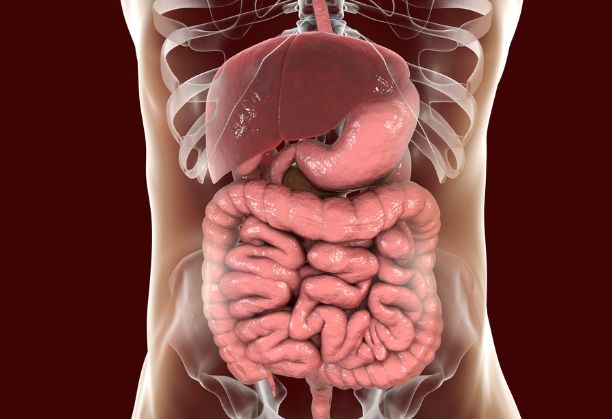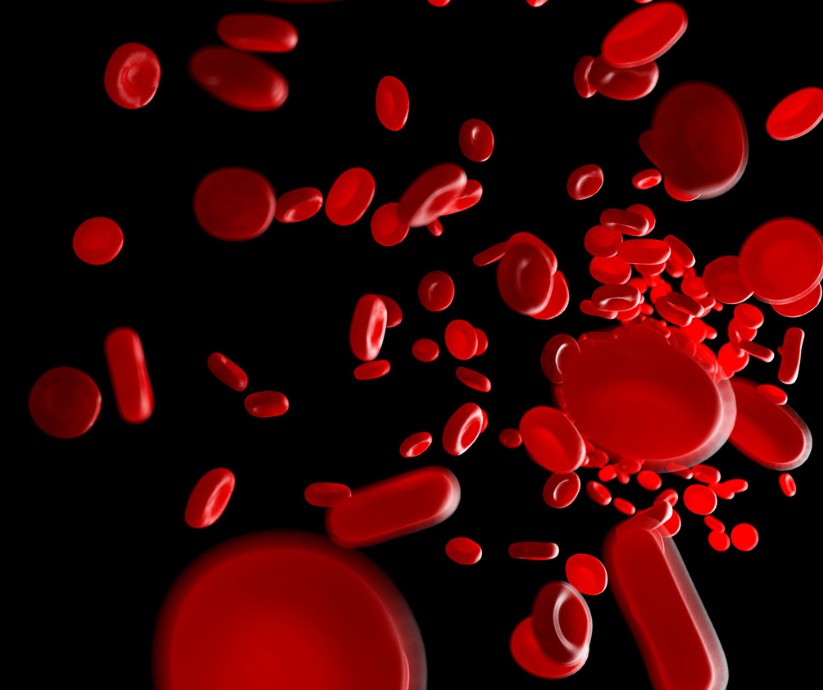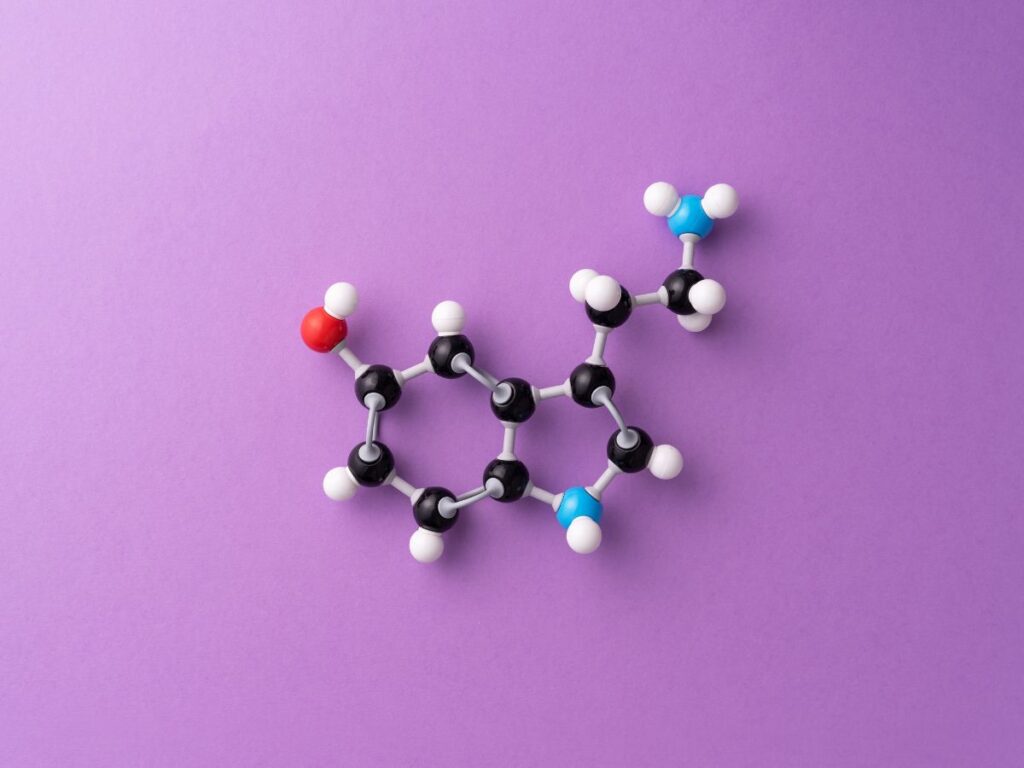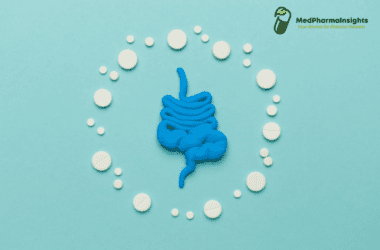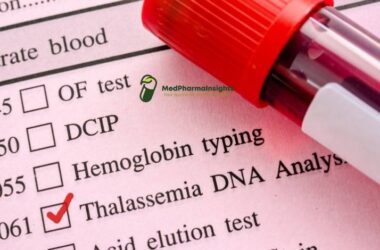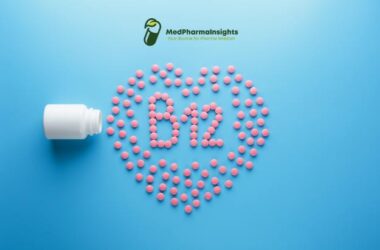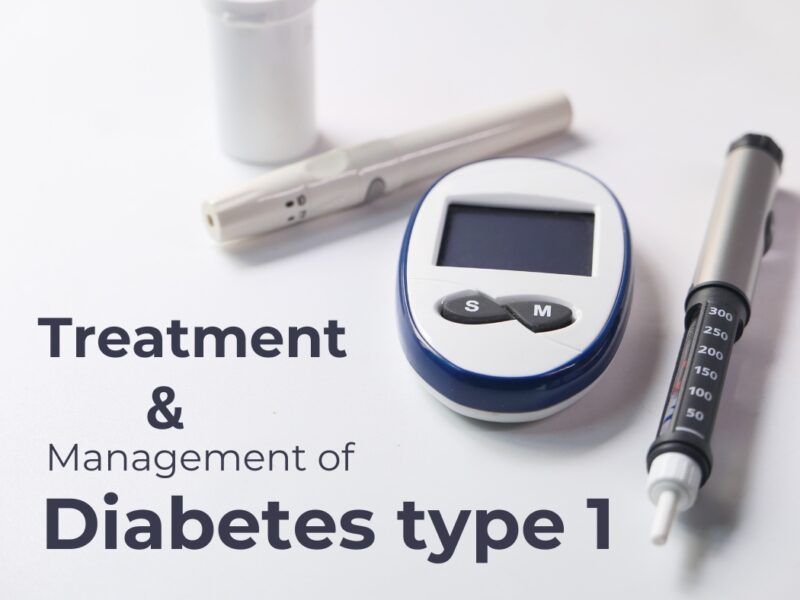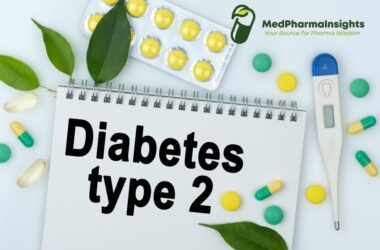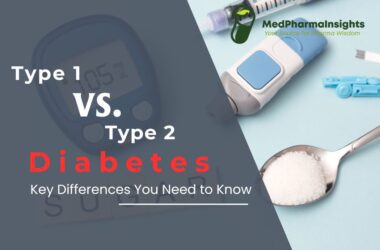Diabetes Type 1 (T1D) is a chronic condition characterized by the body’s inability to produce insulin. The primary treatment for T1D involves insulin therapy, but some individuals may also benefit from adjunct medications. Effective management of T1D requires a holistic approach that encompasses medication, blood sugar monitoring, lifestyle modifications, and medical care. Here’s a detailed guide to the treatment and management of Diabetes Type 1, including the use of hypoglycemics.
1. Insulin Therapy:
- Insulin is the cornerstone of treatment for T1D. It helps regulate blood sugar levels by allowing glucose to enter cells for energy.
- There are several insulin options, including rapid-acting, short-acting, intermediate-acting, and long-acting insulins.
- Insulin therapy can be administered through multiple daily injections (MDI) or insulin pumps.
- A basal-bolus insulin regimen is commonly used, involving both long-acting (basal) and rapid-acting (bolus) insulin.
2. Medications(Hypoglycemics):
- In some cases, individuals with T1D may benefit from adjunct medications, although insulin remains the primary treatment.
- Adjunct medications are more commonly used in type 2 diabetes but may be considered for certain T1D patients with specific needs or challenges.
- Medications like metformin, SGLT-2 inhibitors, or GLP-1 receptor agonists may be prescribed to help improve insulin sensitivity, reduce blood sugar levels, or manage weight.
3. Blood Sugar Monitoring:
- Regular blood sugar monitoring is crucial for T1D management. Most individuals with T1D check their blood sugar levels multiple times a day using a glucose meter.
- Continuous Glucose Monitoring (CGM) systems provide real-time data and alerts for high and low blood sugar levels.
4. Carbohydrate Counting:
Managing carbohydrate intake is essential, as it directly affects insulin doses. Carbohydrate counting helps individuals calculate insulin requirements for meals and snacks.
5. Balanced Diet:
A registered dietitian can help create a personalized meal plan that considers carbohydrate counting, portion control, and balanced nutrition. Focus on a diet rich in whole grains, lean proteins, fruits, vegetables, and healthy fats.
Fiber
The recommended daily intake of fiber is not defined. Dietary fiber is advantageous because it delays the digestion and absorption of complex carbs, reducing hyperglycemia. It is also physically bulky.15 g of soluble fiber from fruits, vegetables, or pulses is expected to result in a 10% reduction in low-density lipoprotein cholesterol (LDL-C), glycated hemoglobin, and fasting blood glucose for the average person with type 2 diabetes. Although insoluble fiber from grains, whole-wheat bread, rice, and pasta has no direct impact on blood sugar levels or lipid levels, it does have a positive impact on digestive health and may aid in weight loss by enhancing satiety.
Protein
Protein intake for adults without nephropathy is advised to be less than 1 g/kg of body weight, or roughly 10–20% of total calorie intake. Protein intake may need to be further decreased for those with nephropathy, however this calls for professional dietetic guidance and supervision.
Sodium intake
Sodium chloride intake should be capped at 6g per day. It has been demonstrated that cutting salt intake from 12 to 6 grams per day results in a 5mmHg drop in systolic blood pressure and a 2-3mmHg drop in diastolic blood pressure.
Alcohols
Alcohol includes carbohydrates and may result in hyperglycemia if consumed in excess. More dangerously, it is also linked to hypoglycemia that develops later (up to 16 hours post-alcohol) and hypoglycemia unawareness. With 1-2 alcohol-free days per week, alcohol consumption must be limited to the same maximum weekly amounts as for the general population, which are 14 units for women and 21 units for men. Alcohol has cardioprotective benefits in these dosages.
6. Regular Physical Activity:
- Exercise can improve insulin sensitivity and overall health.
- Consult with a healthcare provider to establish an exercise plan that aligns with insulin therapy and blood sugar management.
7. Medication Adjustments:
- Insulin doses may need to be adjusted based on factors such as food intake, physical activity, stress, and illness.
- Regular communication with a healthcare provider is vital for fine-tuning treatment plans.
8. Monitoring for Complications:
- Regular check-ups with a healthcare team are essential to monitor for diabetes-related complications, including eye exams, kidney function tests, and foot exams.
- Blood pressure and cholesterol levels should also be closely monitored.
9. Emotional Support:
Living with T1D can be emotionally challenging. Seek support from healthcare providers, family, friends, and support groups to address the psychological aspects of managing diabetes.


